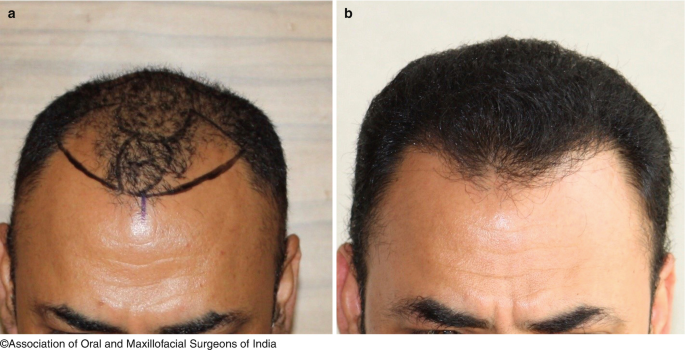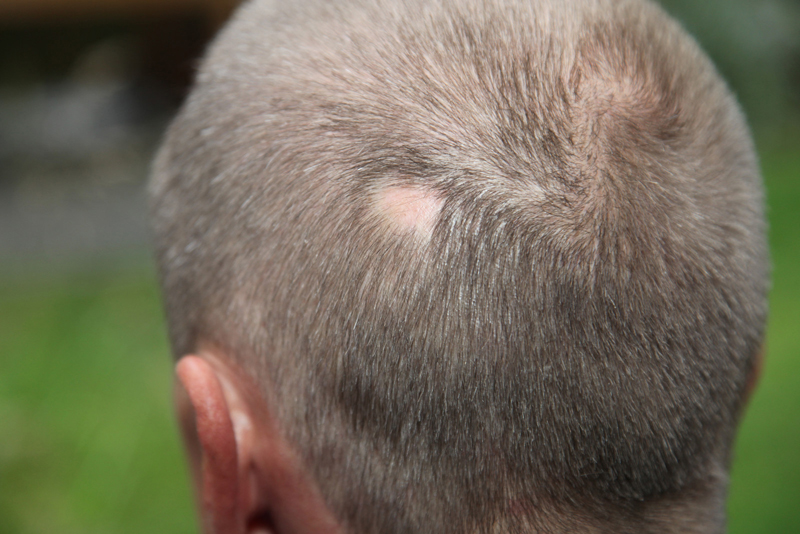eyebrow hair loss icd 10
ICD-10-CM 10 National Cancer Institute Chapter 7 11 ICD-10 Chapter 7 H00-H59 deals specifically with Disease of the Eye and Adnexa. Many factors can cause eyebrow hair loss including hormonal imbalances diet and.

Pin By Carmen Williams On Science Eye Coloring Eye Color Eye Color Chart Genetics
ICD-9-CM 70409 is a billable medical code that can be used to indicate a diagnosis on a reimbursement claim however 70409 should only be used for claims with a date of service on or before September 30 2015.

. Billable codes are sufficient justification for admission to an acute care hospital when used a principal diagnosis. The 2022 edition of ICD-10-CM L630 became effective on October 1 2021. Nonscarring madarosis Scarring madarosis Causes of madarosis Ciliary madarosis Supraciliary madarosis.
This is the American ICD-10-CM version of L630 - other international versions of ICD-10 L630 may differ. Malignant primary malignant secondary carcinoma in situ benign uncertain behavior unspecified behavior. The 2022 edition of ICD-10-CM L639 became effective on October 1 2021.
H029 is a billablespecific ICD-10-CM code that can be used to indicate a diagnosis for reimbursement purposes. Other specified nonscarring hair loss. Diseases of the skin and subcutaneous tissue L00L99 Disorders of skin appendages L60-L75 Other nonscarring hair loss L65 L658 Other specified nonscarring hair loss.
The code L638 is valid during the fiscal year 2022 from October 01 2021 through September 30 2022 for the submission of HIPAA-covered transactions. For claims with a date of service on or after October 1 2015 use an equivalent ICD-10-CM code or codes. The 2022 edition of ICD-10-CM R208 became effective on October 1 2021.
The code L659 is valid during the fiscal year 2022 from October 01 2021 through September 30 2022 for the submission of HIPAA-covered transactions. The 2022 edition of ICD-10-CM L658 became effective on October 1 2021. L658 is a billable ICD code used to specify a diagnosis of other specified nonscarring hair loss.
Alopecia areata unspecified L639 is a billablespecific ICD-10-CM code that can be used to indicate a diagnosis for reimbursement purposes. The 2022 edition of ICD-10-CM L678 became effective on October 1 2021. Subscribe to Codify and get the code details in a flash.
There are 3 terms under the parent term Eyebrow in the ICD-10-CM Neoplasms Index. The ICD-10-CM code L659 might also be used to specify conditions or terms like. Alopecia capitis totalis.
This is the American ICD-10-CM version of L658 - other international. This is the American ICD-10-CM version of L678 - other international versions of ICD-10 L678 may differ. Ulerythema means scar with redness and.
606 Minor skin disorders with mcc. The ICD-10-CM Neoplasms Index is designed to allow medical coders to look up various medical terms and connect them with the appropriate ICD codes. Madarosis is a condition that can cause hair loss to the eyebrows or eyelashes.
This is the American ICD-10-CM version of L639 - other international versions of. Convert L659 to ICD-9-CM. Long-term alopecia is often hereditary.
A billable code is detailed enough to be used to specify a medical diagnosis. R208 is a billablespecific ICD-10-CM code that can be used to indicate a diagnosis for reimbursement purposes. ICD-10-CM L659 is grouped within Diagnostic Related Groups MS-DRG v 390.
L659 is a billable diagnosis code used to specify a medical diagnosis of nonscarring hair loss unspecified. The most common causes of overall hair loss including eyelashes are. The eye has several structure and parts from the lens H25-H28 to conjunctiva H10-H11 to the cornea H15-H22 etc.
ICD-10 code H5781 for Brow ptosis is a medical classification as listed by WHO under the range - Diseases of the eye and adnexa. L658 is a billable diagnosis code used to specify a medical diagnosis of other specified nonscarring hair loss. L638 is a billable diagnosis code used to specify a medical diagnosis of other alopecia areata.
If hair is falling out from the eyelids as well as the eyebrows andor the scalp this may be a sign of a systemic health problem or condition. L678 is a billablespecific ICD-10-CM code that can be used to indicate a diagnosis for reimbursement purposes. Keratosis pilaris is also called ulerythema ophryogenes.
This is the American ICD-10-CM version of H029 - other international versions of ICD-10 H029 may differ. 607 Minor skin disorders without mcc. Other specified nonscarring hair loss L658 is a billablespecific ICD-10-CM code that can be used to indicate a diagnosis for reimbursement purposes.
ICD-10 from 2011 - 2016. The lack or loss of hair from areas of the body where hair is usually found. The code L658 is valid during the fiscal year 2022 from October 01 2021 through September 30 2022 for the submission of HIPAA-covered transactions.
Alopecia can be a side effect of some cancer treatments. This is the American ICD-10-CM version of R208 - other international versions of ICD-10 R208 may differ. The ICD-10-CM code L678 might also be used to specify conditions or terms like abnormal hair finding.
This auto-immune disease causes the body to attack its own hair follicles causing full partial or episodic hair loss on. Codes have been expanded to increase. The ICD-10-CM code L658 might also be used to specify conditions or terms like alopecia due to disturbance.
H02052 is a billablespecific ICD-10-CM code that can be used to indicate a diagnosis for reimbursement purposes. The code L678 is valid during the fiscal year 2022 from October 01 2021 through September 30 2022 for the submission of HIPAA-covered transactions. Milphosis Loss of eyelashes andor eyebrows.
The 2022 edition of ICD-10-CM H029 became effective on October 1 2021. Anatomy knowledge will become more and more important. This results in atrophy and permanent loss of hair in the affected areas.
Keratosis pilaris atrophicans faciei is an uncommon form of keratosis pilaris with scar -like follicular depressions and loss of hair particularly in the eyebrows 1. It can occur as a symptom to various underlying conditions so its important to. L630 is a billablespecific ICD-10-CM code that can be used to indicate a diagnosis for reimbursement purposes.
L678 is a billable diagnosis code used to specify a medical diagnosis of other hair color and hair shaft abnormalities. The code L658 is VALID for claim submission. The ICD-10-CM code L638 might also be used to specify conditions or terms like circumscribed alopecia areata of beard area.
Request a Demo 14 Day Free Trial Buy Now.

Reporting And Documenting Alopecia Areata Using Icd 10 Codes

Psychological Effects Of Hair Loss Dermnet Nz

Lashes Extension Studio Pink Price List Round Wall Decal Zazzle Com Eyelash Extensions Aftercare Eyelash Extentions Lash Extensions

Tips To Grow Your Hair Faster Stuart Phillips Reverse Hair Loss Hair Loss Men Help Hair Loss

Atlantic City S Marlborough Blenheim Hotel Ca 1908 Atlantic City Boardwalk City Canvas Art Atlantic City Hotels

Covert Narcissist Personality Disorder Symptoms Organic Palace Queen Personality Disorder Symptoms Narcissist Personality Disorder

Balayage Beautiful Hair On Instagram Hy Brid A Thing Made By Combining Two Different Elements Medium Length Hair Styles Short Hair Balayage Hair Lengths

Should You Try Mink Eyelash Extensions Here S Our Take Plus Before And After Photos Halo Eye Makeup Eye Makeup Skin Makeup

Pin On Vertigo And Dizziness Relief

Pin By Adrian Stern On Surgery Female Surgeon Operating Room Nurse Beautiful Nurse

Pin By 468 On Insp Makeup Nails Glitter Eyebrows Eyebrow Design Pink Lips

Hair Transplantation Springerlink

Scalp Micro Pigmentation Pigmenta

Aminexil Results Hair Loss Hair Loss Does Biotin Help Male Hair Loss Low Sulfur Hair Loss Fi Help Hair Loss Natural Hair Loss Treatment Perimenopause Hair Loss




